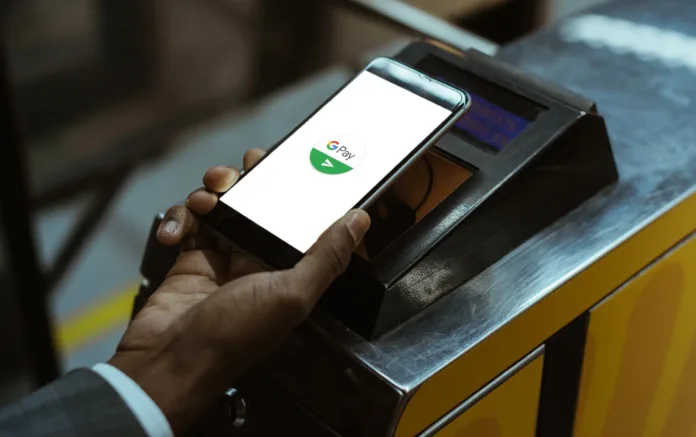New tools bring BNPL, expanded rewards tracking, and global money transfer transparency to Chrome
Google Pay is rolling out one of its most significant upgrades yet, introducing new features designed to make paying online faster, smarter, and more transparent. The changes, which integrate directly with Chrome and Google Wallet, aim to streamline checkout, enhance credit card rewards tracking, and improve the clarity of international money transfers.
The first major improvement expands Chrome’s credit card autofill capabilities. Until now, Chrome could display reward information for a limited set of cards when checking out online. That list is now expanding to include over 100 U.S. credit cards, meaning that when users are about to make a purchase, Chrome can instantly suggest which card will earn the most cashback, points, or miles for that transaction. It’s essentially a built-in rewards advisor, eliminating the need to manually compare credit card terms or rely on memory.
The second feature pushes Google Pay further into the “buy now, pay later” (BNPL) market. BNPL options from Affirm and Zip are now available directly in Chrome’s autofill, allowing U.S. shoppers to split purchases into instalments with just a few clicks. Partnerships with Klarna, Afterpay, and other providers are planned for the near future, further reducing the need to navigate between retailer sites and third-party financing apps. By embedding BNPL directly into the checkout flow, Google is positioning Chrome as a central payment hub rather than just a browsing tool.
The third update targets international money transfers, a market long plagued by hidden fees and confusing exchange rates. Google is piloting a new feature in Google Wallet online and Google Search that shows users exchange rates and transfer fees from multiple remittance providers, including Ria Money Transfer, Xe, and Wise, before initiating a transaction. The pilot program currently covers transfers from the U.S. to India, Brazil, Mexico, and the Philippines. Users can access the service either through Wallet or by searching for a currency exchange rate directly in Google.
Embed from Getty ImagesBy offering this level of transparency, Google is attempting to tackle one of the most frustrating aspects of sending money abroad: the uncertainty over the final amount received. If successful, the company plans to expand the service to more corridors in the future.
A common theme connects all three features: they’re integrated into products that users already rely on daily. Chrome’s autofill and Google Search are widely used, meaning the barrier to adoption for these tools is virtually nonexistent. Users won’t need to download new apps or learn new systems — the enhancements appear right where they already shop, browse, and send money.
The updates begin rolling out today, although BNPL availability will depend on the user’s chosen provider and merchant. The international transfer transparency tool remains in a testing phase, but industry observers expect it to scale quickly if it proves popular.
For Google, these changes represent more than just incremental tweaks — they’re part of a broader strategy to make Chrome and Google Wallet indispensable at every stage of the consumer payment journey. Whether it’s choosing the best credit card for maximum rewards, financing a major purchase with minimal hassle, or ensuring transparency in cross-border remittances, Google Pay’s latest features are designed to offer choice, clarity, and convenience.
With competition in digital payments heating up from Apple, PayPal, and other fintech giants, Google’s integration-focused approach could prove a significant advantage. By meeting users where they already are, Google is betting it can turn everyday browsing into a frictionless, feature-rich payment experience.
